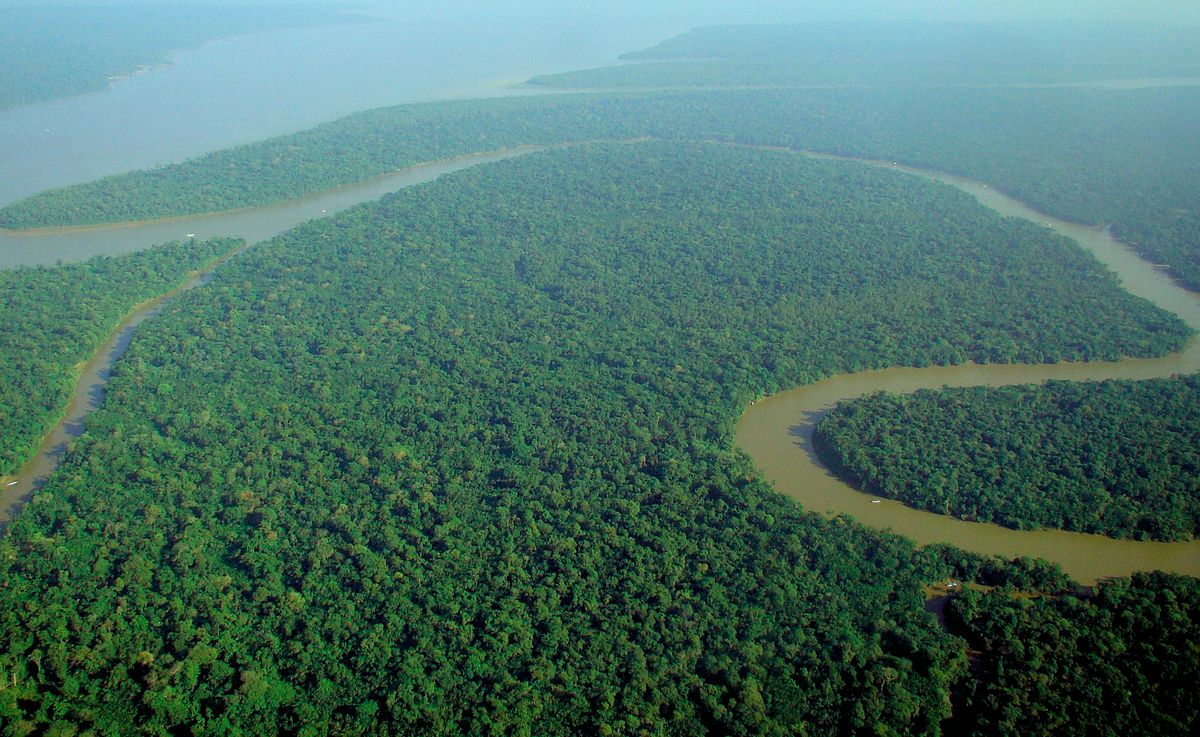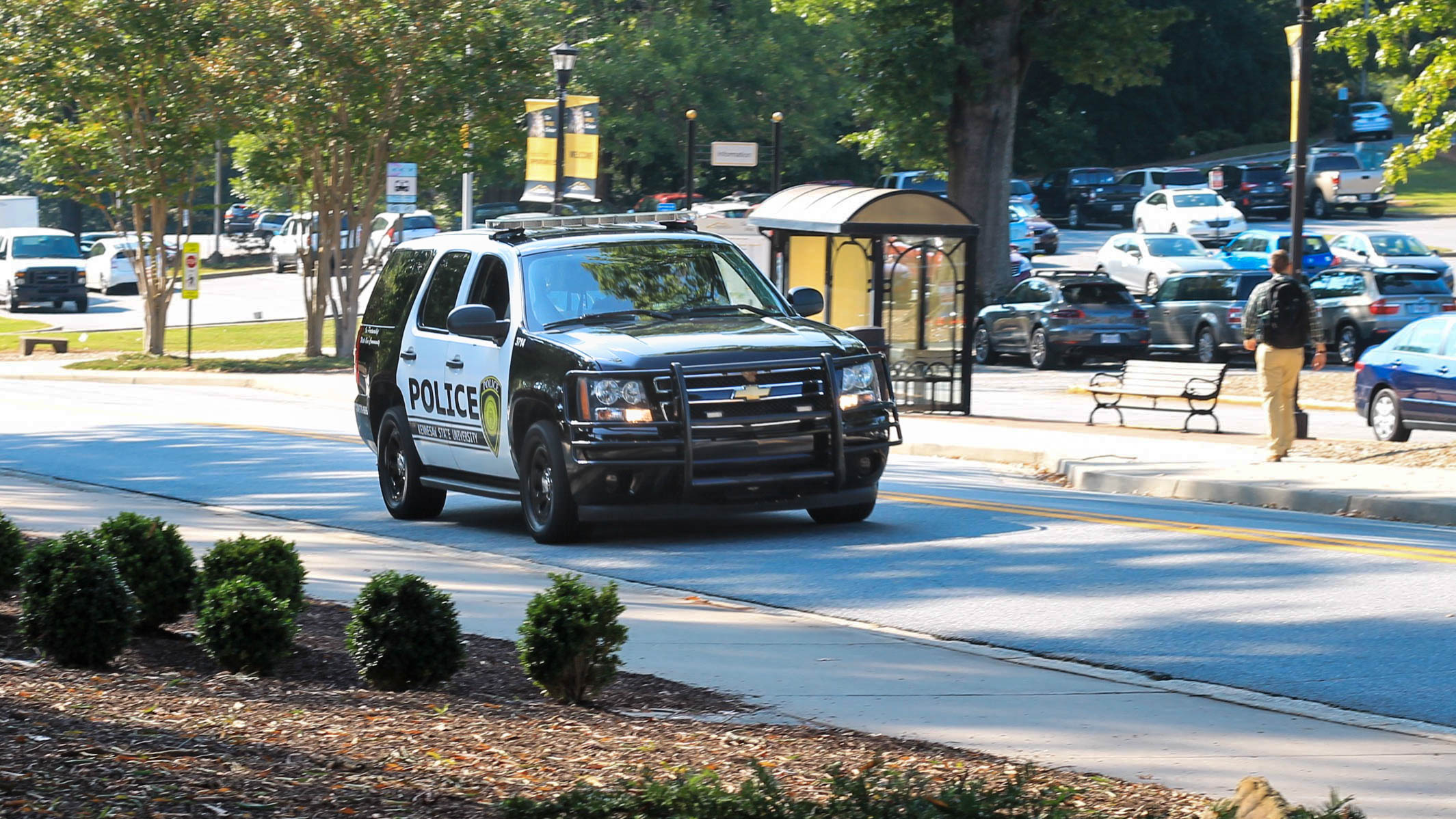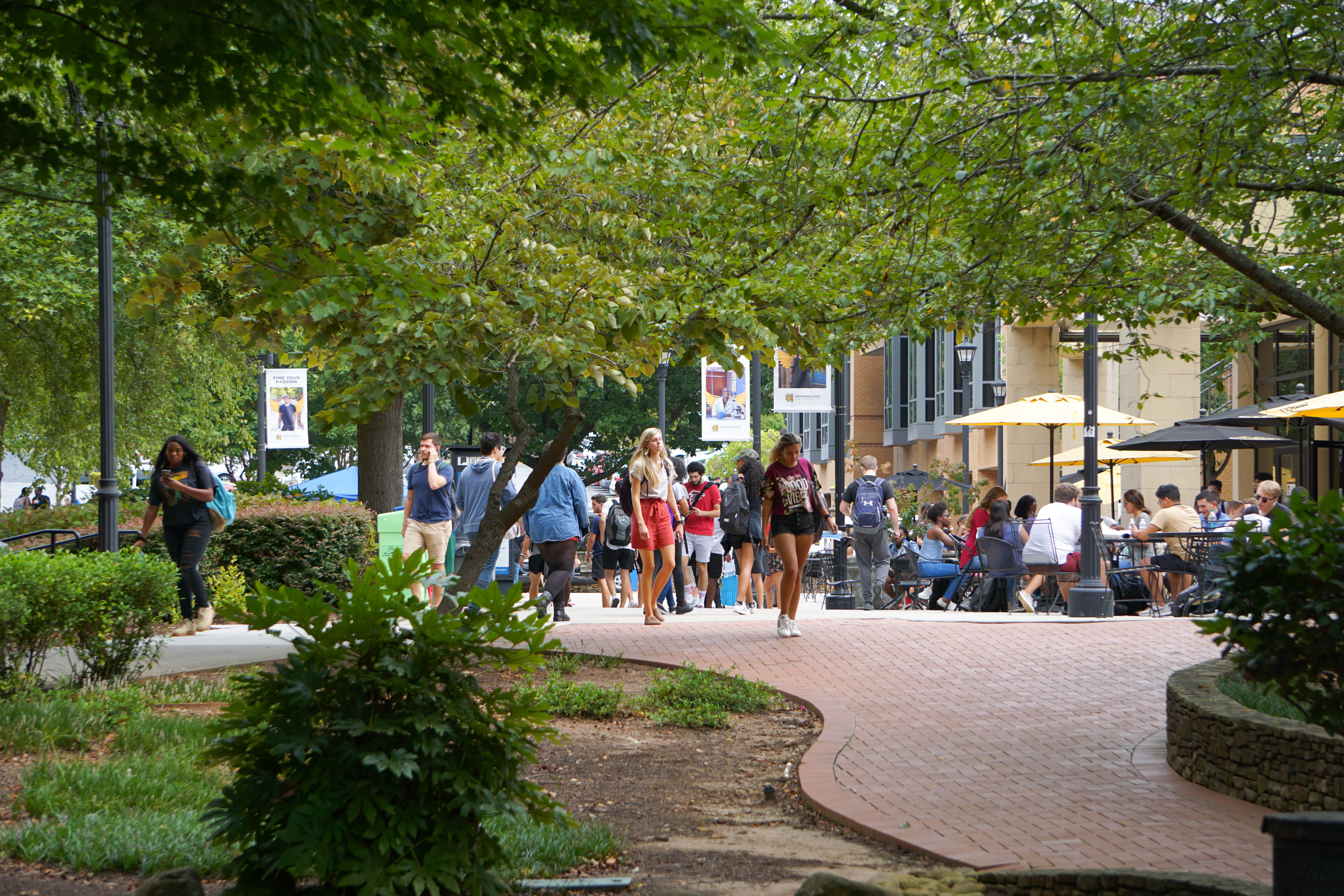In the age of social media, it is easy to get lost in the constant retweeting of images of disasters and tragedies. Sharing images and articles without much research or action is an issue throughout social media, and simply sharing pictures of those trying times is useless without follow-up.
On Aug. 21, the BBC reported that the Amazon rainforest’s fires had increased by 81 percent in just one year. While multiple news outlets reported on the story, they failed to do so in the United States until three weeks after the forest started burning. As a result, many took to social media to spread the news story, making images of the flames go viral.
While sharing images of the burning forest brings light to the presence of the issue, it is not the same as solving the problem.
For many users on social media, sharing the image is the only contact they ever have with the issue before moving on with their lives. Even worse is the amount of misinformation that users share without doing further research.
Posting the images of the forest did aid in spreading the word, but it also led to the rapid spread of misinformation. According to CNN, most of the pictures being shared in support of the forest are actually of unrelated fires, many not even of the Amazon.
For example, blogger Nathalie Muñoz posted several shocking pictures of animals and forests, garnering thousands of shares and comments. None of the pictures were of the fire in question, but instead being 20-year-old images of the Amazon and 2016 pictures of animals in India, according to CNN News.
This spread of misinformation caused a resurgence of various conspiracy theories that try to disprove the forest actually being on fire, according to Business Insider. This severe backlash highlights the importance of researching information before sharing it on social media.
The Amazon rainforest fires are not the first time people created misinformation online. Back in 2012, the Kony 2012 campaign was shared massively all over the world, primarily through social media.
The campaign painted complex issues as black and white, as well as spread misinformation. According to HuffPost, people would donate and share without knowing much about the situation simply because it was shared on their feed.
“Before blindly sharing images, people should research the topic,” senior biology major Samantha Butler said. “Sharing things like false images and articles don’t help the cause that people are trying to bring attention to, and might even hurt it.”
Retweeting the latest image of a tragic event does not take much effort. It is often forgotten in the sea of information is seen on these feeds. While the images may not do much, there are other things people can share that can make a difference, such as donation and charity links.
Researching the subject is very important, as there is only so much that can be included in a tweet. Instead of simply hitting ‘retweet,” students should do more and contribute to accredited charities and organizations, such as the Amazon Conservation Association, or share their link to help the Amazon.




